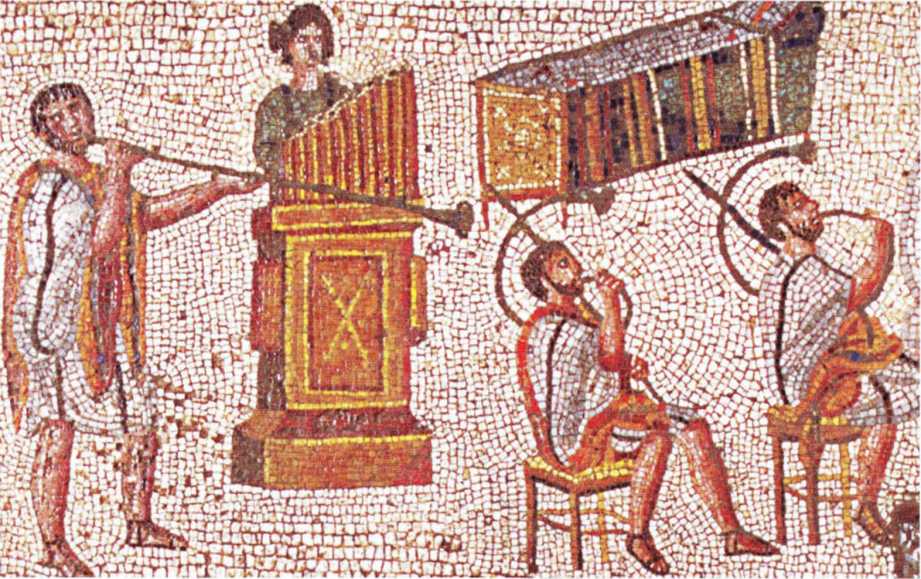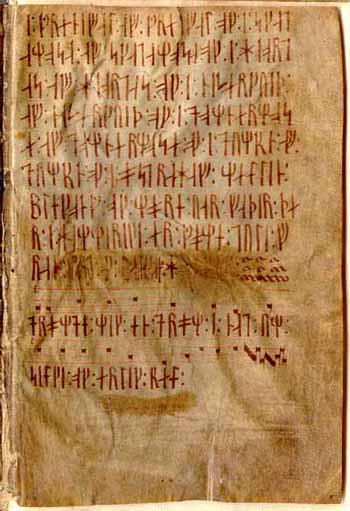Sound Archaeology
Sound archaeology recognises that the idea of ‘music’ as separate to sound or noise making is a relatively recent one, and that rather than being a separate art form, music was in the past often an enmeshed part of a culturally connected and holistic set of activities. The activities of the Sound Archaeology Research Group encompass both music archaeology and archaeoacoustics, including projects relating to the reconstruction of ancient instruments and musical worlds, and the exploration of the acoustics of archaeological sites. CMCI researchers working on sound archaeology projects include Professor Rupert Till, Dr Stef Conner, and Dr Kristina Wolfe.
As part of his research with EMAP, the European Music Archaeology Project, Rupert Till oversaw creation of the Soundgate app. This interactive software allows users to explore a number of archaeological sites: prehistoric caves in Spain; Stonehenge in England; and Paphos Roman Theatre in Cyprus, as they might have looked and sounded in the ancient past. This documentary explores the ways in which EMAP researchers reconstructed ancient musical instruments, and footage from one of Rupert’s earlier projects, ‘Songs of the Caves’ is also available here. Rupert’s sound archaeology research also informs his creative work: his most recent album is Dub Archaeology, released by Twin Records in 2018.
Primary schools can now access new education resources based on sound archaeology research. Music Archaeology: From Stone Age to Roman Times is a Key Stage 2 education pack with links to National Curriculum Programmes of Study for Music, History, Science, English, Art, Drama, and Design Technology. The Music Archaeology education resource pack can be downloaded for free from the University of Huddersfield Soundgate page. There are also free educational resources suitable for home learning available from the Sound Archaeology website.
Staff:
Dr Stef Conner
Prof. Rupert Till
Dr Kristina Wolfe
In the press:
- An appearance in the Quietus http://thequietus.com/articles/24158-carnyx-ancient-horn-european-musical-archeology-project
- Bang and Olufsen’s journal Sound Matters https://issuu.com/soundmatters/docs/b_o_journal_07

Projects
.

Publications
.